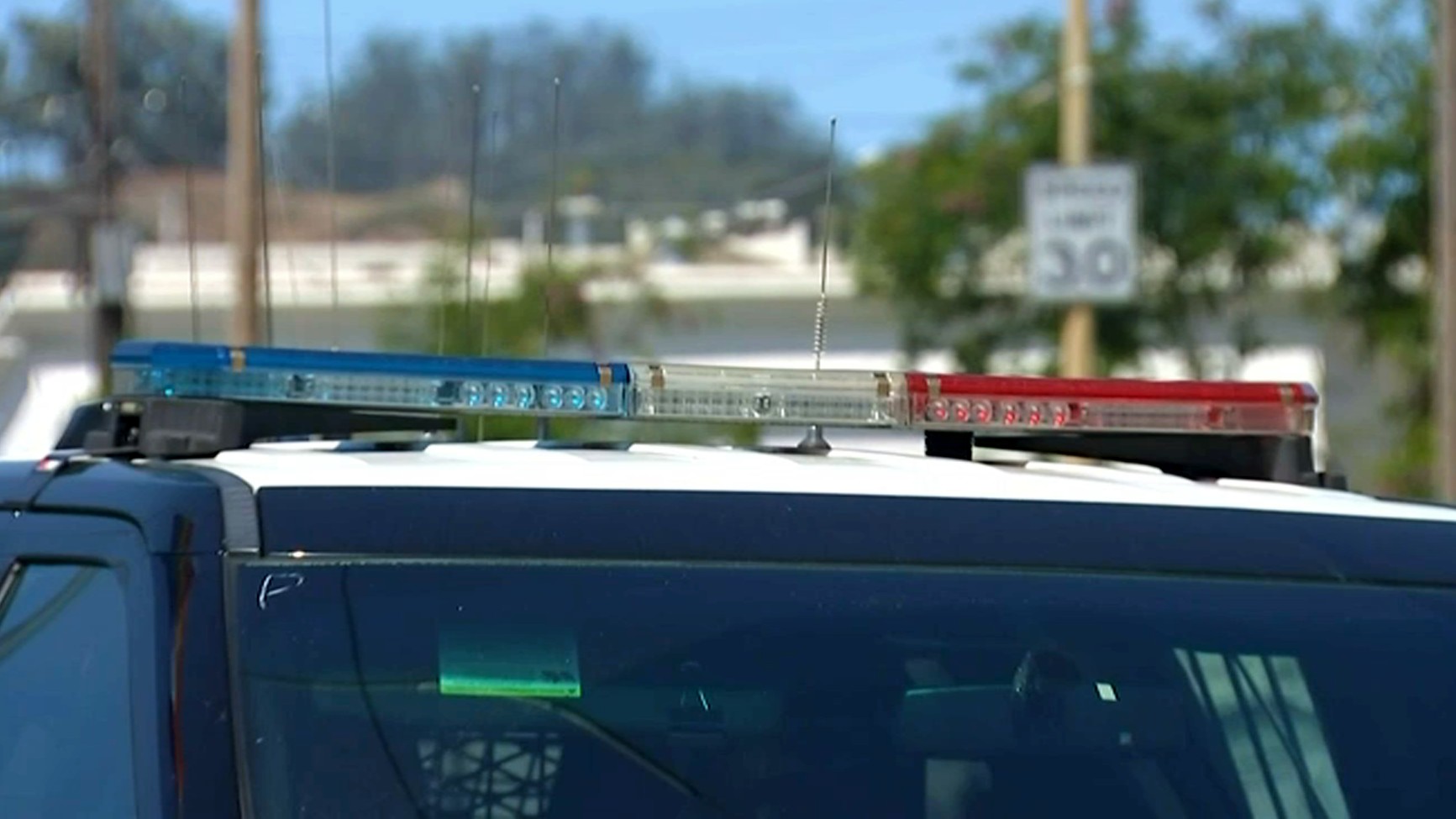If you are a dog lover you know that dogs, no matter the breed, have an uncanny sense for finding poop. If there's even a small dropping left along your morning walk, they will find it. They will sniff it. And they will try to roll in it.
It doesn't take a brilliant mind to come to these facts, but it did take some brilliant minds at Cal to turn the practice into a new scientific theory.
Biologists at the University of California, Berkeley, have trained dogs to detect the scat, or excrement, of certain critters in order to study wildlife.
The researchers got their test subjects from animal shelters and rescue organizations throughout Northern California. They needed to be high-energy animals and were often the ones left behind by people looking for house pets. In the end, only two out of several hundred dogs made the final cut. A female Labrador retriever mix was trained to detect the scat of mountain lions, bobcats and domestic cats. A male pit bull terrier mix was trained to detect red fox, gray fox and kit fox droppings.
Researchers said the dog's nose was able to find double the excrement a human would be able to spot with their eyes.
"Wildlife detection dogs have been mostly used in airports to detect contraband, including endangered species and wildlife products, but in recent years, interest has grown in using the dogs to help scientists track biological targets in natural settings," said researcher Sarah Reed.

Aimee Hurt, another scientist who helped in the project said the poop gives the team a non-invasive way to monitor wildlife.
Local
"With scat, you can confirm the ID of species and even individuals, as well as analyze hormone levels and diet. It's a very valuable data deposit. So then it became a matter of finding ways to better track the scat, and dogs naturally came to mind," Hurt said.
The results of the study were published in this month's issue of the Journal of Wildlife Management.



